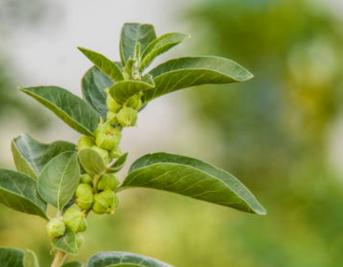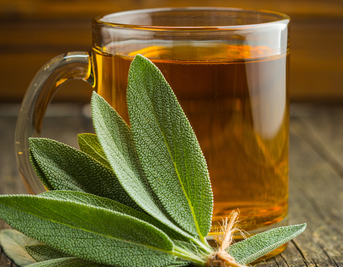
What Does CoQ10 Do For You?
CoQ10 helps your cells produce energy and fight fatigue. Discover how what CoQ10 is and what the research says.
The Napiers Herbal Health Hub serves as an informative platform dedicated to collating high-quality articles & information pertaining to herbal medicine, products & research. As a blog area, it acts as a comprehensive resource for individuals seeking reliable guidance on natural health & wellness.

CoQ10 helps your cells produce energy and fight fatigue. Discover how what CoQ10 is and what the research says.

Lithium orotate is a supplement that has attracted interest for mental wellbeing, cognitive support, and general wellness. But is it right for you? Here we explore what lithium orotate is, who uses it, and what you should know before considering it.
Browse through our blog categories below to find the information you are looking for. We have articles on a wide array of topics, from menopause to ocular health & beyond.

Wild yam is a captivating plant with both a rich folklore and emerging scientific research. Known for its root, called wild yam root, this plant has been a cornerstone in traditional medicine for ages.
Keep Reading
On Monday 28th October, Medical Herbalist Wendy Kelly joined us for a free webinar discussing natural menopause support. Watch the full video here.
Keep Reading
What Are Hot Flushes and Why Do They Happen? Menopausal hot flushes are one of the most common symptoms women experience during menopause. Characterised by sudden waves of heat, flushing of the skin, and often sweating, hot flushes can be uncomfo...
Keep Reading
Why Does Hair Loss Happen During Menopause? For many women, hair loss is an unexpected and frustrating side effect of menopause. The fluctuation of hormones, particularly oestrogen and progesterone, during menopause can impact hair health. These ...
Keep Reading
The Link Between Menopause and Sinus Congestion Menopause brings about numerous physical changes, many of which are well-known, such as hot flushes, mood swings, and irregular periods. However, there’s a less discussed symptom that can affect you...
Keep Reading
October marks Menopause Awareness Month, a time dedicated to educating and supporting women going through this significant life transition.
Keep Reading
The journey of menopause, while a natural progression of a woman's life, comes with its unique challenges. Among the most prevalent of these challenges is fatigue, leaving many women seeking effective and natural remedies.
Keep Reading
Menopause is a natural part of ageing for women, yet it brings along various symptoms and changes that can raise numerous questions. We aim to answer some common questions about menopause to help you better understand this phase of life.
Keep Reading
Menopause, a natural transition in a woman's life, often brings a plethora of symptoms. Among these, hot flushes stand out as particularly distressing for many.
Keep Reading